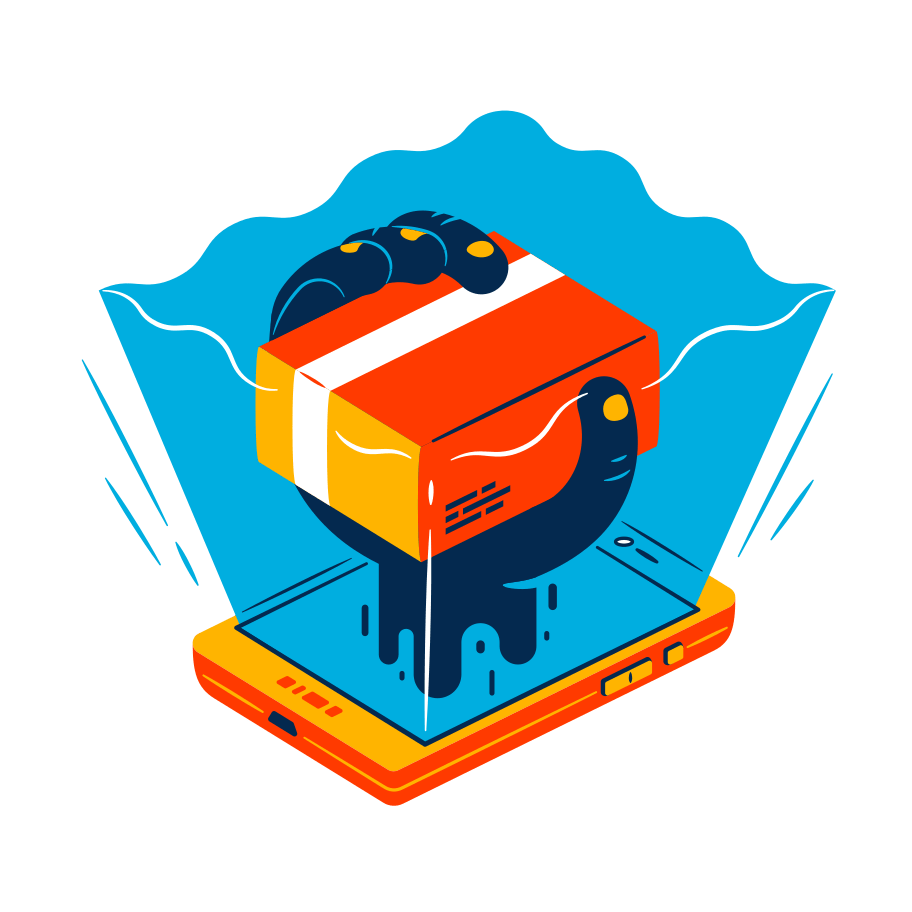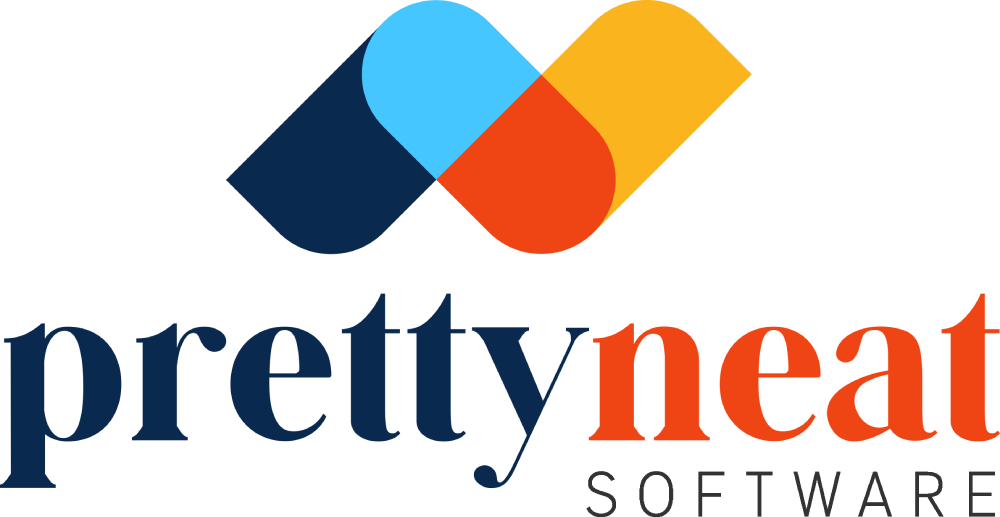Technology acronyms demystified! Acronyms are great… when used wisely. They can be easier on the brain, some are actual mnemonics - hinting at their expansion’s meaning (see DRY, KISS as examples). That said, these advantages may be nullified by the sheer volume of acronyms one must recall in common technical parlance. If any expansions escape you, you are not alone. Enter the 2022 Turboencabulator The turboencabulator is a pretend machine developed in 1944, conceived to mock technobabble. Several decades later any programming paradigm argument will eventually see OOP, DRY, and SOLID in the same sentence to bamboozle opponents in very much the same spirit. Add SCRUM for good measure. Lists of expansions abound online, but most acronyms fall in one or more of the following broad categories: 1. Specific technical concepts or technologies ex. FQN: Fully Qualified Name The name of an object including all its parents’ names. Can be used to identify the target uniquely Fully Qualified File Name identifies a file in a File System, including the full path from root. It is a subset of a Fully Qualified Path Name, which may specify a directory as well. 2. Paradigms or Methodologies ex. TDD: Test Driven Development A development paradigm, using a test suite and iterative failing tests to guide the writing of minimal code and ensuring compliance after changes Slows development, facilitating robust code. Easy to misunderstand, often inapplicable Domain Driven Design is “Driven” more vaguely, stating that system design should stem from the real-world system concerned. Doing an accounting tool? Learn accounting 3. Mnemonics for good practices ex. DRY: Don’t Repeat Yourself “Dry” code is a mnemonic itself Requires identifying opportunities for modules and generalizations Deceptively easy to state, not to do, like Keep It Simple, Stupid (define “Simple”… ) 4. References the “culture” in its expansion ex. POCO: Plain Old Class Object Defines an object (in Object Oriented Programming) which has no “depth” (state/logic), convenient to hold data Often used for models of databases, easy to generate via tooling Like Yet Another Markup Language, references the “culture” in its expansion 5. Nested Acronyms ex. AJAX: Asynchronous JavaScript And XML A nested acronym containing eXtensible Markup Language Surprisingly (to many) not a technology, but rather a methodology Also an enthusiastic way of supporting a Dutch football (soccer) team 6. Retconned to Acronym ex. FUBAR: Fudged Up Beyond All Repair Slang made by mangling a German word,...
Keep reading







